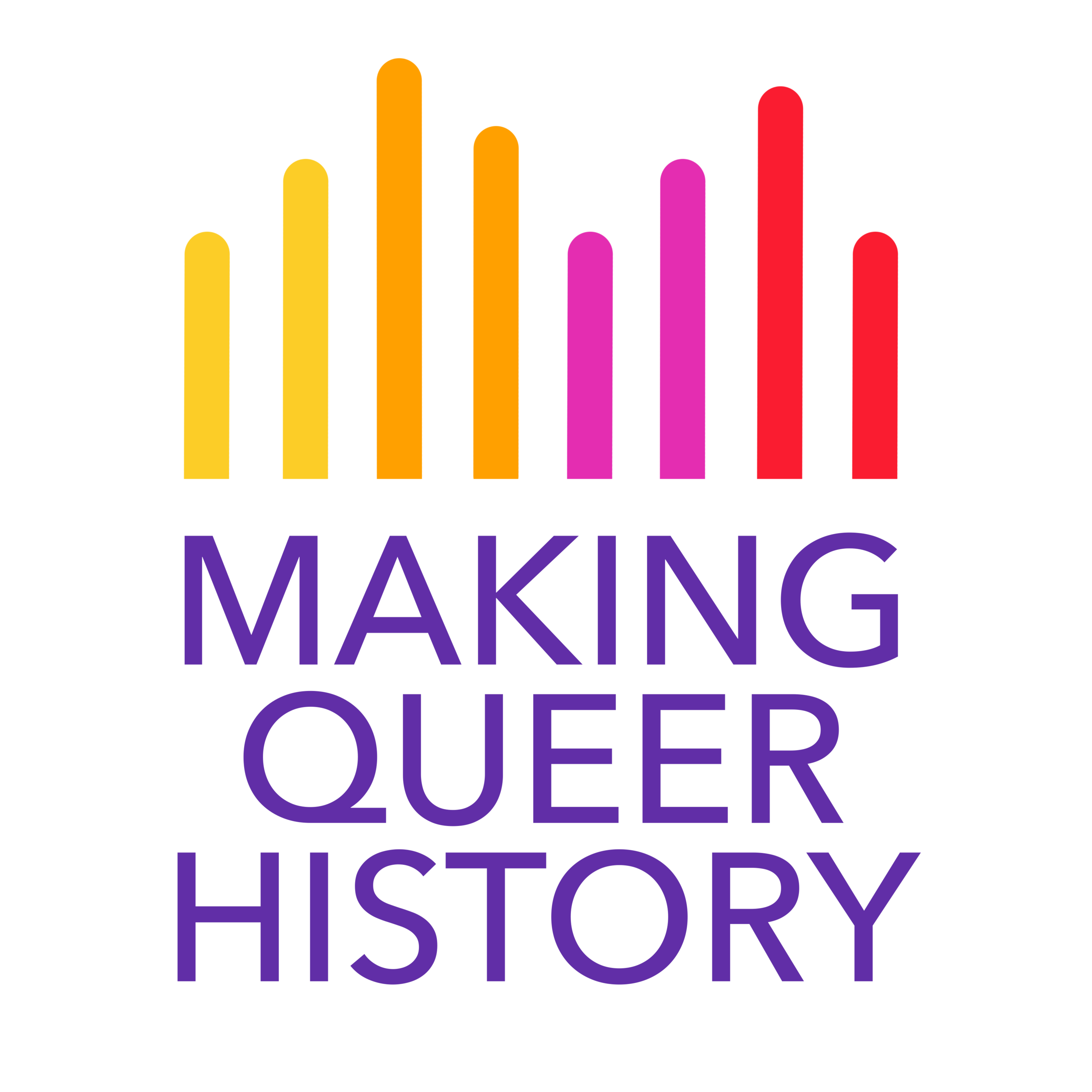2024 has been a year of significant challenges, but also one of remarkable progress and hope for the LGBTQIA+ community. These victories remind us that change is possible and that every step toward equality matters. From legal reforms and historic firsts to bans on harmful practices, this year’s achievements showcase the resilience and determination of our community.
Making Queer History has a vague title because it has a rather vague purpose. We are not alone in our aim to tell the queer community’s history. What defines us is our focus not only on the past, but toward the future.

